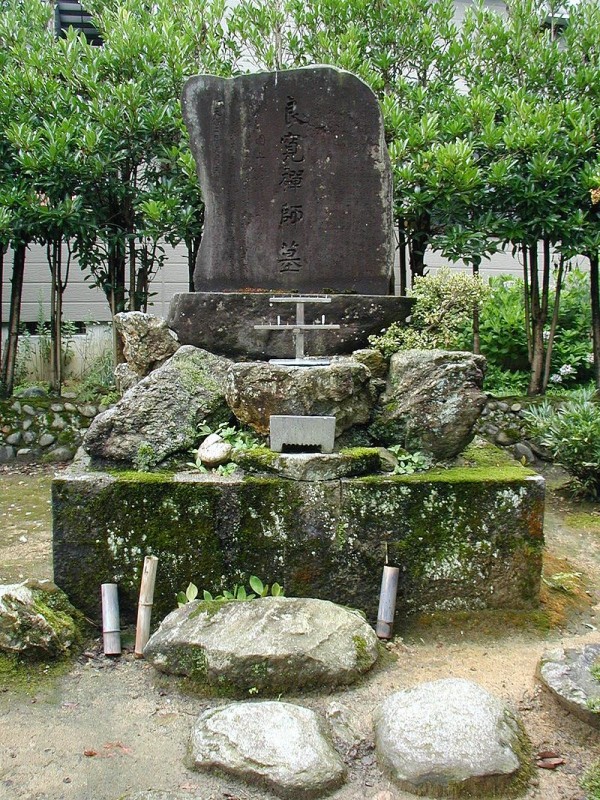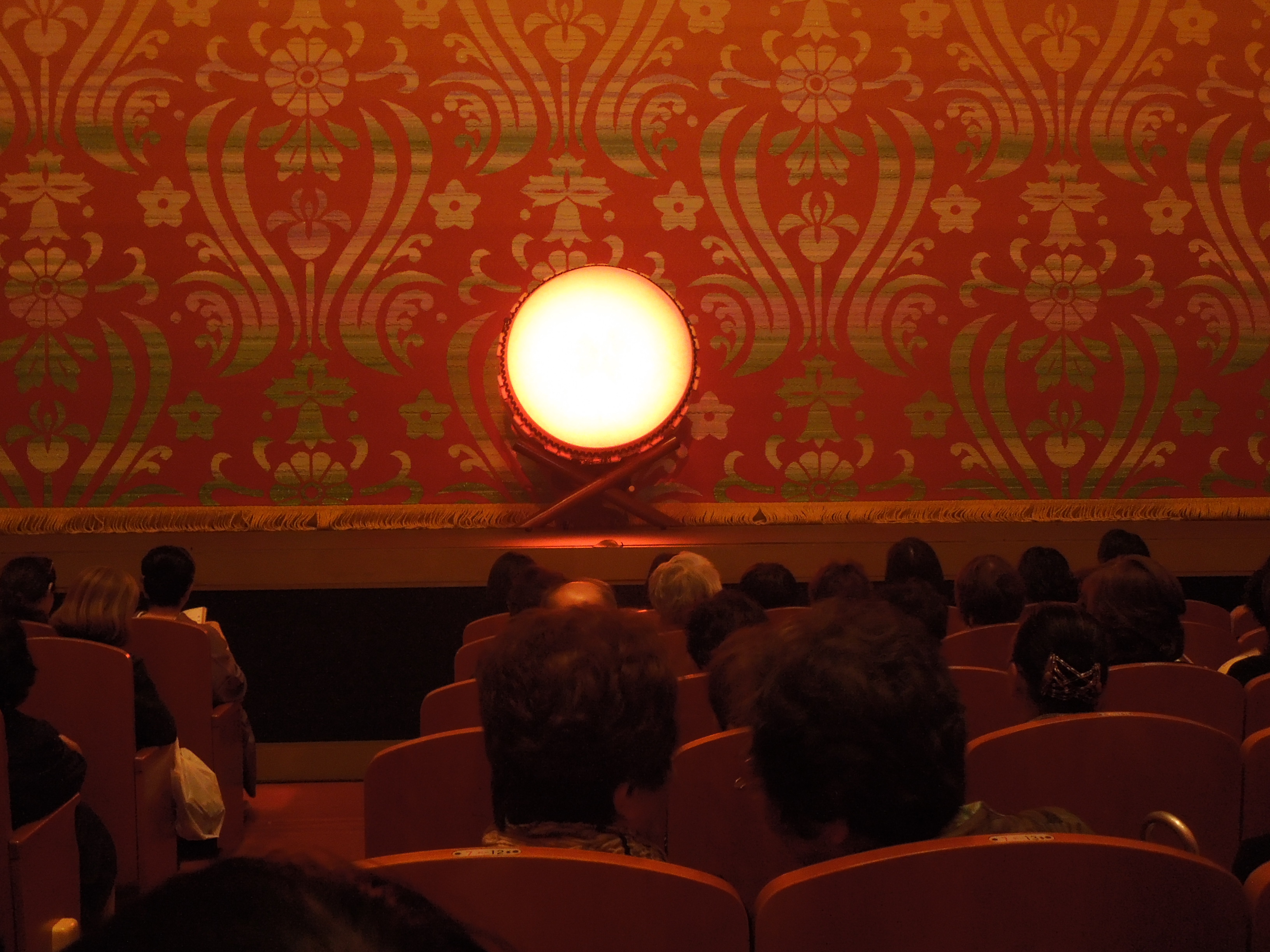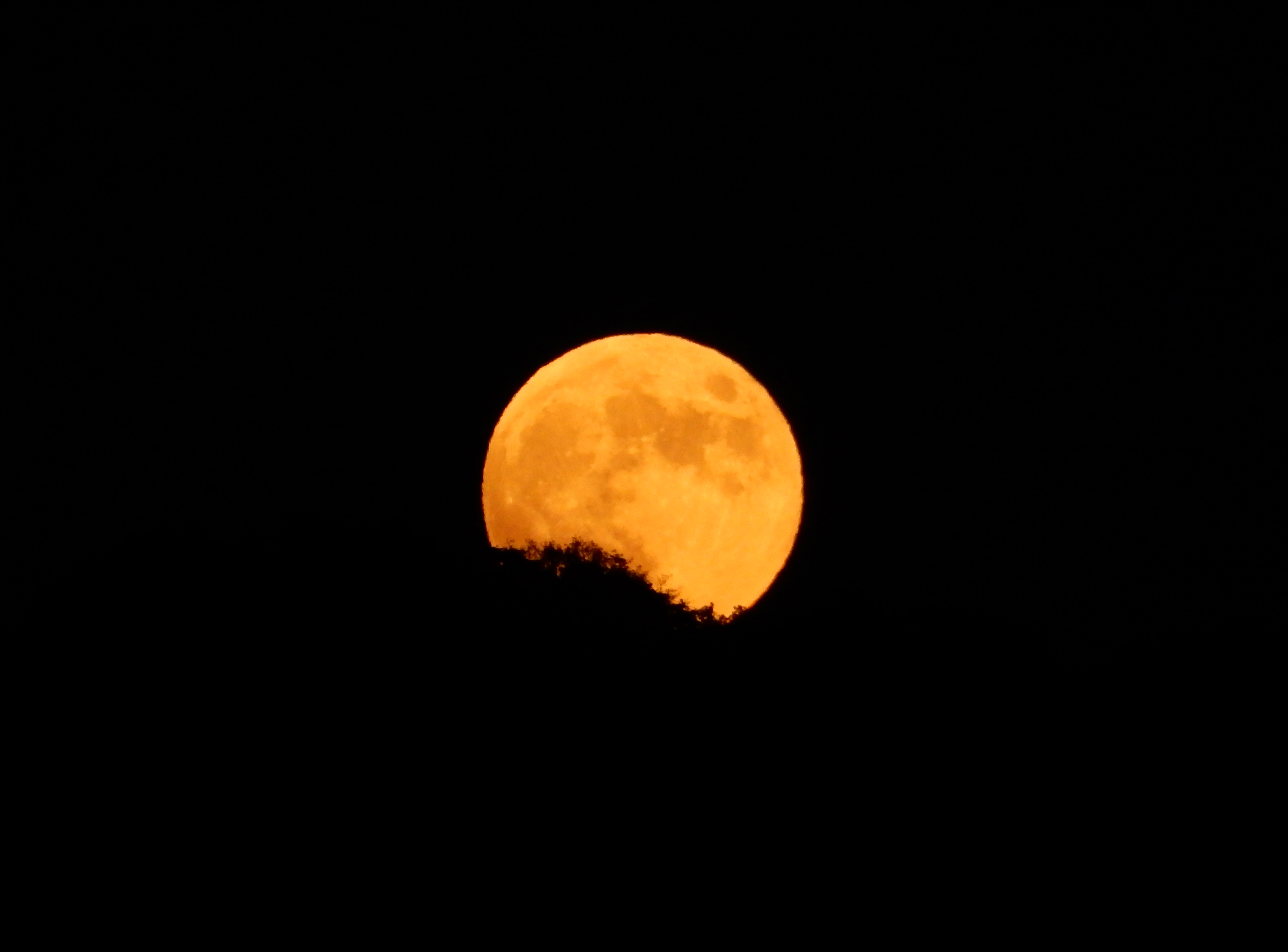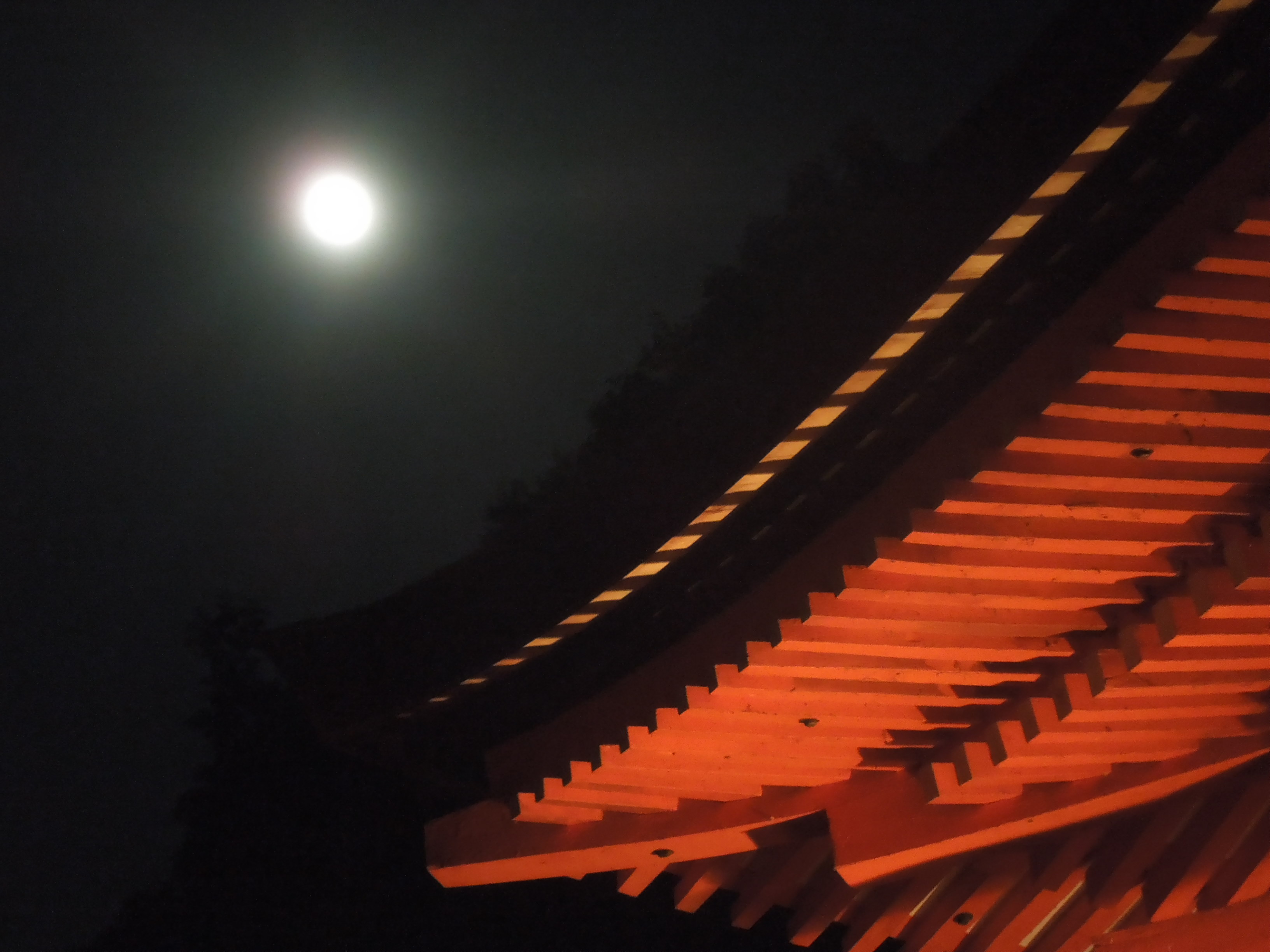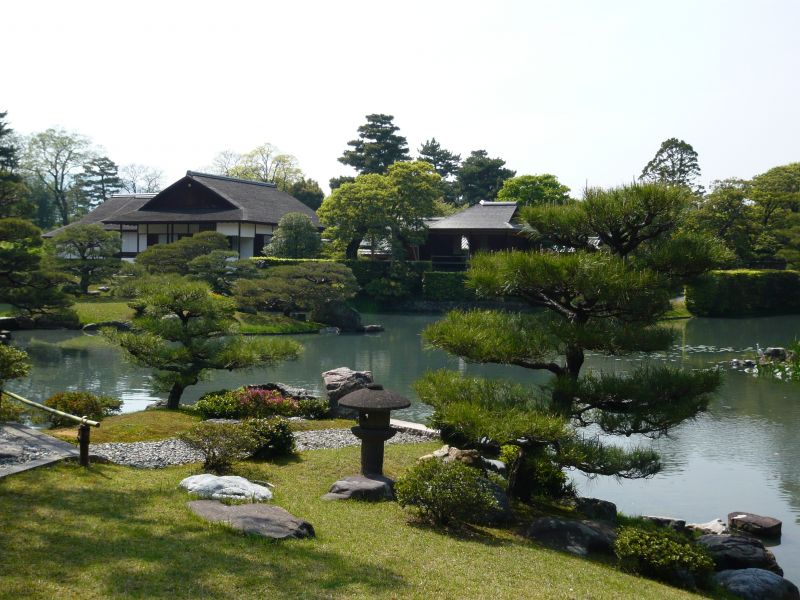 Following on from the series investigating the links of Shinto and Zen, this piece from Wikipedia struck me as insightful about the architectural and aesthetic overlap between the two practices. It concerns the Katsura Imperial Villa (or Detached Palace) in the west of Kyoto, which many consider to be the sublime example of a traditional estate. Shinto values of simplicity, naturalness and harmony with nature are mixed with the desire for contemplation and transcendence of the ego (For the full Wikipedia description see here.)
Following on from the series investigating the links of Shinto and Zen, this piece from Wikipedia struck me as insightful about the architectural and aesthetic overlap between the two practices. It concerns the Katsura Imperial Villa (or Detached Palace) in the west of Kyoto, which many consider to be the sublime example of a traditional estate. Shinto values of simplicity, naturalness and harmony with nature are mixed with the desire for contemplation and transcendence of the ego (For the full Wikipedia description see here.)
Many say that Shingon is the closest Buddhist sect to Shinto because of its emphasis on the integration of humans in nature. Green Shinto has been building up a substantial case for thinking Zen is even closer. In both cases sweeping the grounds may be the highest form of spirituality!
***************
The Katsura Imperial Villa is a good example of the essence of Japanese traditional design. The Villa combines principles usually used in early Shinto shrines and merges it with the esthetics and philosophy of Zen Buddhism.
One example of Katsura’s use of traditional ideas is its use of raised floors with tatami mats covering them. Tatami are mats approximately 3 feet by 6 feet in length that are not only used as the floors of the villa, but are also used to define the dimensions of each individual room and the house as a whole.
At Katsura, the mats are used to create the sprawling and pinwheel-like plan that it has today. The terraces and porches created by the arrangement of the tatami mats provide opportunities to view the landscape and link interior spaces with the outside world. The floors of each building of the site are also raised as well, which originally was derived from vernacular designs for granaries, as well as early imperial palaces. They serve the purpose of both keeping the floor dry while also giving hierarchy to the space.
Another classic characteristic that the Katsura Imperial Villa utilizes is the use of screen walls (the shōji and the fusuma). The fusuma allows the rooms to change and open up to the natural world with exterior decks becoming extensions of the interior and framing views of the landscape. An example of this type of transformation is the moon viewing platform connected to the Old Shoin. Besides these characteristics, there are many traditional Japanese ideas that are used in the Katsura Imperial Villa, like the decorative alcove (tokonoma), built-in desk (tsukeshoin) and square posts.
At the Katsura Imperial Villa, the teahouses are perfect examples of how Zen Buddhism has affected the architecture and landscape. The tea ceremony, performed at the pavilions, is a very important part of Japanese society because it is a spiritual ritual symbolizing detached perfection in the Zen tradition, and it has greatly affected the architecture and landscape around it to enhance the experience one receives while in the ceremony. The teahouses were constructed expressly to incorporate the qualities of concord, reverence, pureness, and isolation that are the very essence of the ritual.
The five different teahouses are all separated from the main building and are isolated from everything except for the nature around them; to reach each building, one must take a path that doesn’t reveal the view of the pavilion until the very last moment. The teahouses also use rustic elements such as bark covered wooden supports or irregular shaped wooden pieces as extensions of the natural world, for the tea ceremony aims at fusing the spiritual and the natural.
Additionally, the teahouses account for many experiences while you are inside of it. The windows and apertures in the pavilion are at eye level when sitting so that one can feel more in tune and closer to nature and so that one can “admire the cherry blossoms in the spring and the crimson leaves in the autumn… while preparing tea and enjoying exquisite cuisine”. Finally, the interior of the buildings were planned so that the designers imparted their reverence for the materials and spatial harmony, which are intended to promote reflection that will achieve inward simplicity and tranquillity of the mind.
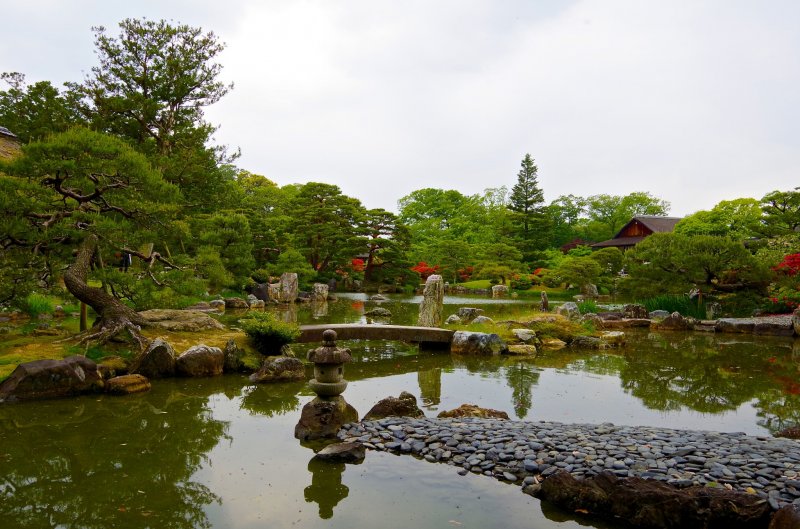
***********
For the other 20 postings about Zen and Shinto, please click on the Zen category on the righthand side of the page.


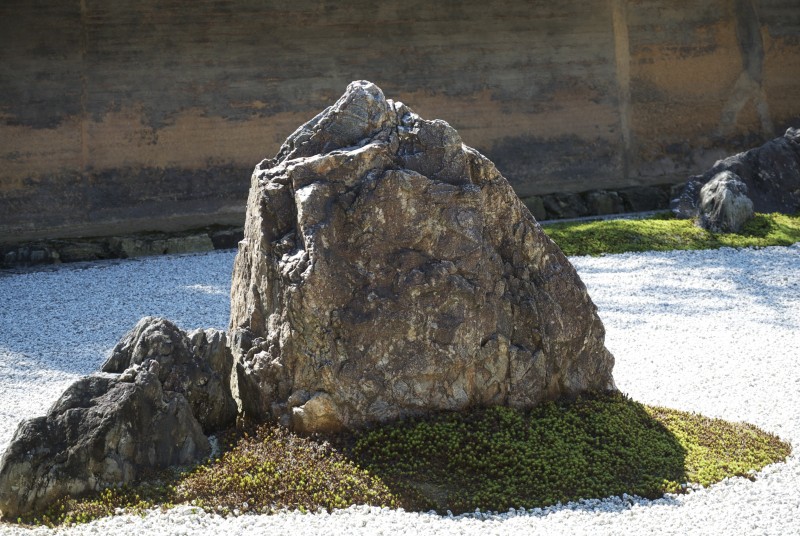
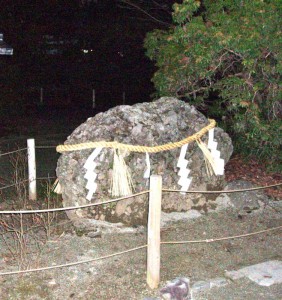
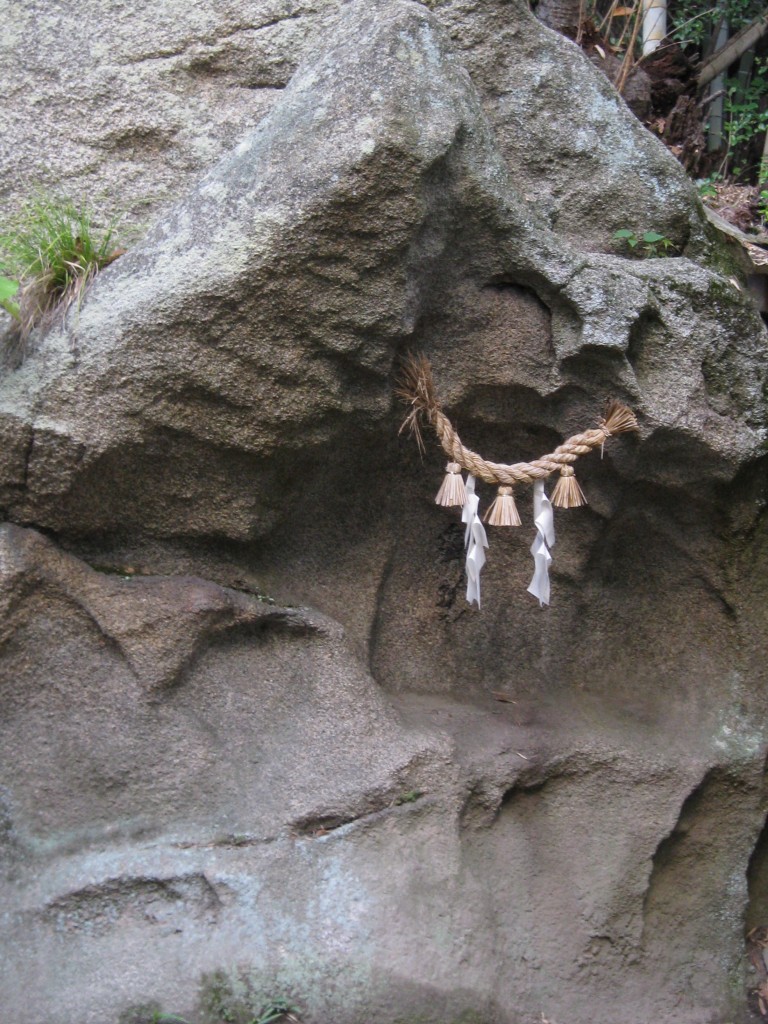
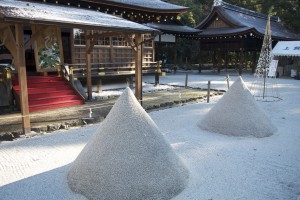
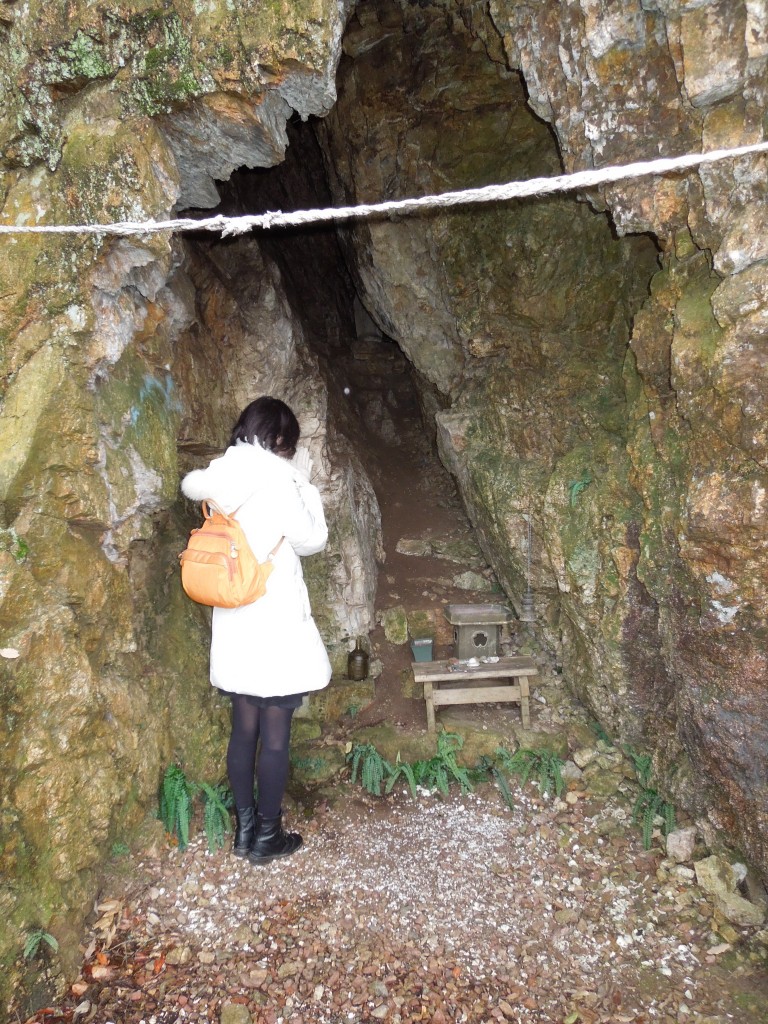
 There are many individuals who exemplify the close ties between Zen and Shinto in Japanese history, particularly in the period before an artificial line was drawn between Buddhism and ‘the indigenous religion’ in Meiji times.
There are many individuals who exemplify the close ties between Zen and Shinto in Japanese history, particularly in the period before an artificial line was drawn between Buddhism and ‘the indigenous religion’ in Meiji times.